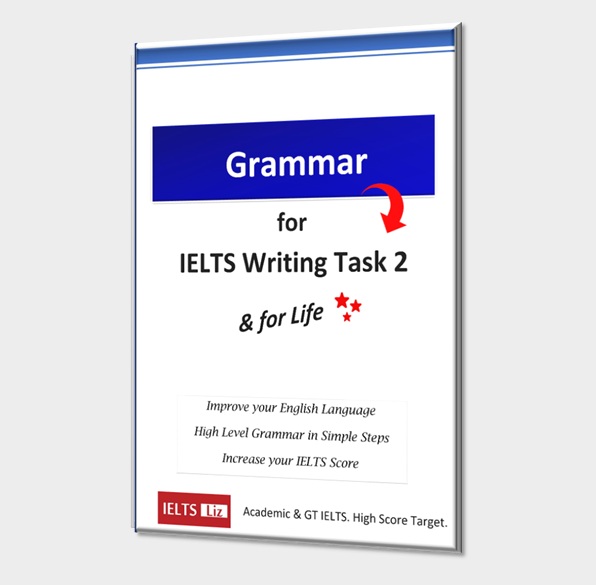For an IELTS agree disagree essay you can either agree with the statement, disagree with the statement or give your opinion which contains a balanced approach to the issues in the statement. However, this does not mean you can discuss both sides impartially – you must give a clear opinion to get a good score in the criterion of Task Response which is 25% of your marks. Another name for an agree disagree essay is an opinion essay or argumentative essay.
The Agree Disagree Essay is also called the Opinion Essay. They are not different essays. On this website, I usually refer to this essay as the Opinion Essay. However, I am using a different name here just for people who are used to calling it “agree/disagree essay”.
IELTS Agree Disagree Question
Remember, this is also called an Opinion Essay.
The growing number of overweight people is putting a strain on the health care system in an effort to deal with the health issues involved. Some people think that the best way to deal with this problem is to introduce more physical education lessons in the school curriculum. To what extent do you agree or disagree?
IELTS Agree Disagree Model Essay
Below is a model answer for the above Opinion Essay = Agree/Disagree Essay.
Owing to the problems which a growing population of overweight people cause for the health care system, it is thought that the key to solving this issue is to have more sport and exercise in schools. I agree that this is one way to tackle the problem, but diet must also be taken into consideration.
Increasing sport or regular exercise in schools is a useful way to tackle weight problems in the long run in the general population. This method will encourage a new generation to develop vital habits which support overall health and also help them maintain a reasonable weight. At the moment, the average child in the West does sport possibly twice a week, which is not enough to counteract their otherwise sedentary lifestyle that comes from many hours each day of sitting at a desk for their lessons. By incorporating more exercise time and possibly extracurricular physical activities, they will undoubtedly become fitter and more active, and continue living that way after leaving schools.
However, targeting physical exercise in school children to reduce the current issue of obesity in the wider population is not effective enough on its own. Firstly, children in schools need to also be educated about what constitutes healthy foods and why in order to ensure a new generation of people who understand clean eating. Secondly, for a more immediate impact, it is important to look at reducing the number of Ultra processed foods (UPFs) on the market which too many people gravitate towards. For example, the government could impose a tax on UPFs to increase the price, and also reduce the cost of healthy foods, such as vegetables, to encourage a better diet.
In conclusion, I believe the best approach to tackling weight issues in the population starts with diet and exercise in schools but must also include encouraging a healthier diet through price changes targeting specific foods on the market.
TIPS FOR AGREE/DISAGREE ESSAY (OPINION ESSAY)
- An Agree Disagree Essay is 100% the same as an Opinion Essay – they are two names for the same essay.
- Always analyse the essay question carefully and make sure you identify the key issue or issues in the essay question.
- Plan your main ideas and supporting points before you start writing.
- Essay Structure:
- Introduction
- Body Paragraph 1
- Topic Sentence
- Supporting points (usually two or three)
- Body Paragraph 2
- Topic Sentence
- Supporting points (usually two or three)
- (please note that sometimes it is possible to have three body paragraphs, you’ll find examples for model essays here: ALL MODEL ESSAYS FOR WRITING TASK 2
- Conclusion paragraph
- Make sure your introduction is not too long. Just paraphrase the essay question (background statement) and present your opinion (thesis statement).
- Make sure your opinion is consistent from introduction to conclusion. You can’t change your opinion during your essay.
- Each body paragraph presents a main idea which explains your opinion.
- Your body paragraphs should be equally developed for a high score.
- Supporting points must be relevant to the topic sentence of the paragraph.
- Never miss the conclusion. Keep it short, but make sure you write it! See this video about missing the conclusion: Using the last 5 mins in the writing test
- It is possible to have a partial agreement for the essay above where you think sports lessons are a good solution, but there is another more effective solution that must also be taken into consideration.
- Aim to write between 270 and 290 words. As you can see, my model essay above is over 300 words. However, that shouldn’t be your aim. More words open you up to more criticism.
RECOMMENDED FOR YOU
.






